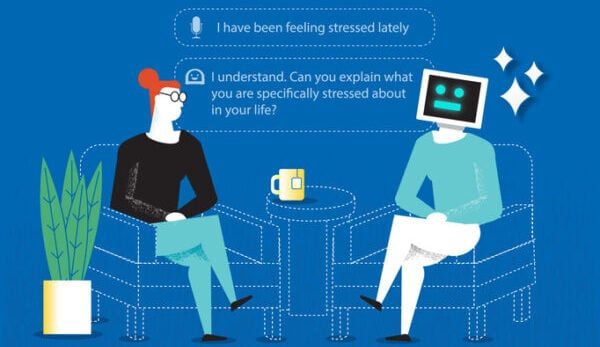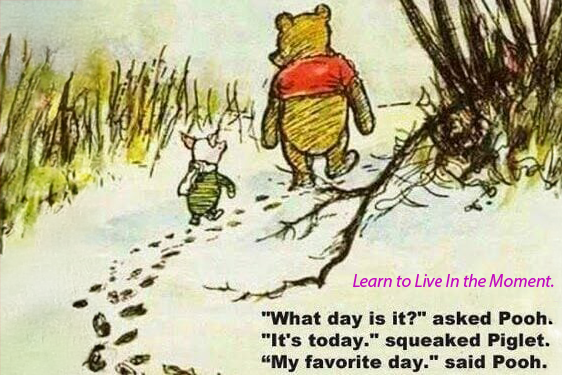Most psychiatric disorders are often referred to as diseases of the mind. But what is the mind? How does it work? The mind has its architecture in the cranium, with its components, structure, parts, and functions—where the mechanisms of psychiatric disorders are based.
It is postulated that all electrical and chemical impulses of the neurons are a collection, or group, which is what the mind is. Or, impulses as a group are the mind. They behave differently as part of the group. Electrical impulses collaborate to be quantities or travelers, while chemical impulses as properties or stations.
It is the interaction of impulses that give rise to labels that include emotions, feelings, memory, perceptions, sentience and so forth. Impulses and their features within the group can be used to explain most psychiatric disorders. This explanation, conceptually, provided as a display can become a new direction for global psychiatry, using AI, as well as VR platforms, where users can pay a token, to access.
For example, in a depression, the property of heaviness moved to the principal spot, then attracted several pre-prioritized interactions, as well as the prioritized one. Though there are often interchanges between prioritized and pre-prioritized, many, once prioritized may acquire that heaviness property. Also, early-splits or go-before of quantities and sequences also favor obtaining the heaviness property. Therapies that can help should move heaviness out of the principal spot.
Knowing, at least that this is the case or close to, could be useful to understand the degree of acquisition of that heaviness, to prevent coping with substance use, self-harm, addictions and others. It will also show the relationship with why it sometimes becomes difficult to get up or do anything in that time.
There could also be adjacent properties that make depression sometimes worse, like trauma, anxiety and others. The display can also show what happens when substances are abused or when psychedelics are used for care.
Already, there are psychiatric medications that can target chemical impulses, but side-effects can be difficult. It shows that individual neurotransmitters are not total answers, as the imbalance in the group can affect others. The key focus, for this, is the impulses as a group, their interactions and outcomes.
It could become a major digital psychiatry business, changing how mental illnesses and mental health are understood, for the human mind that organizes them.
—
iStock image
The post LLMs: An AI/VR Business Plan for Global Psychiatry | Psychedelics appeared first on The Good Men Project.
Original Article










